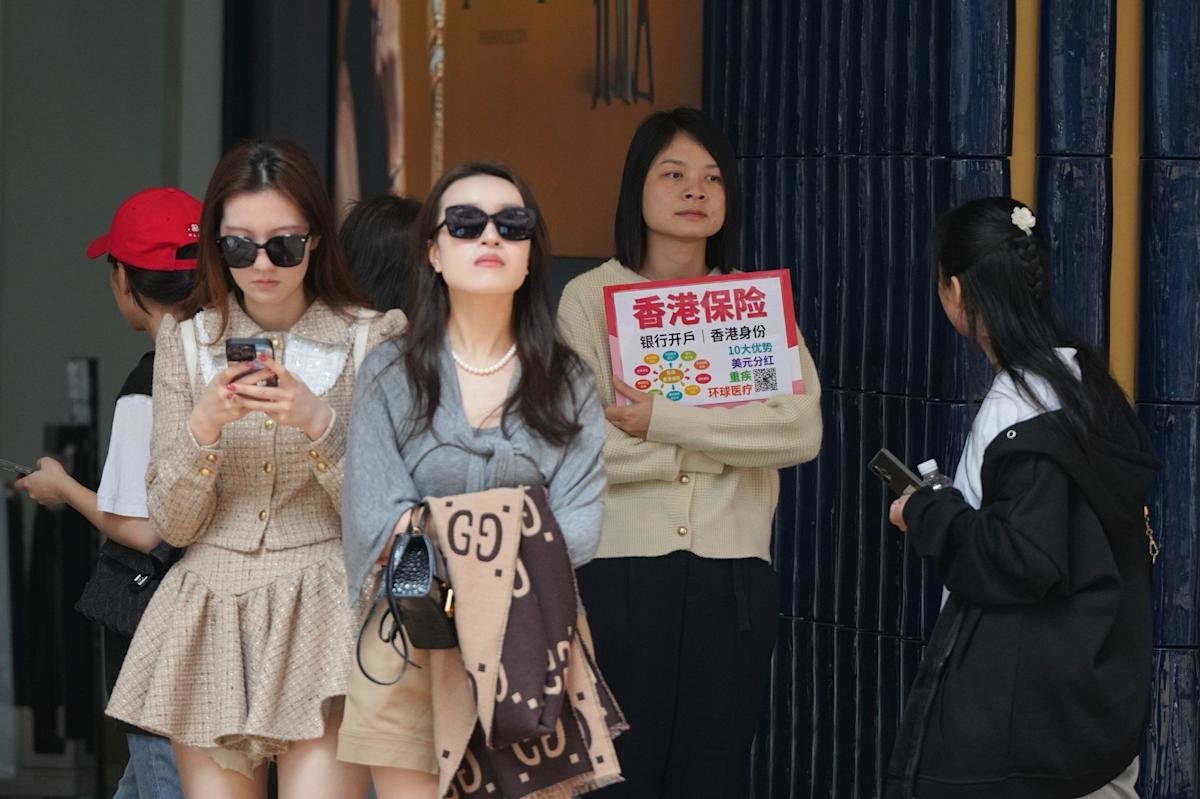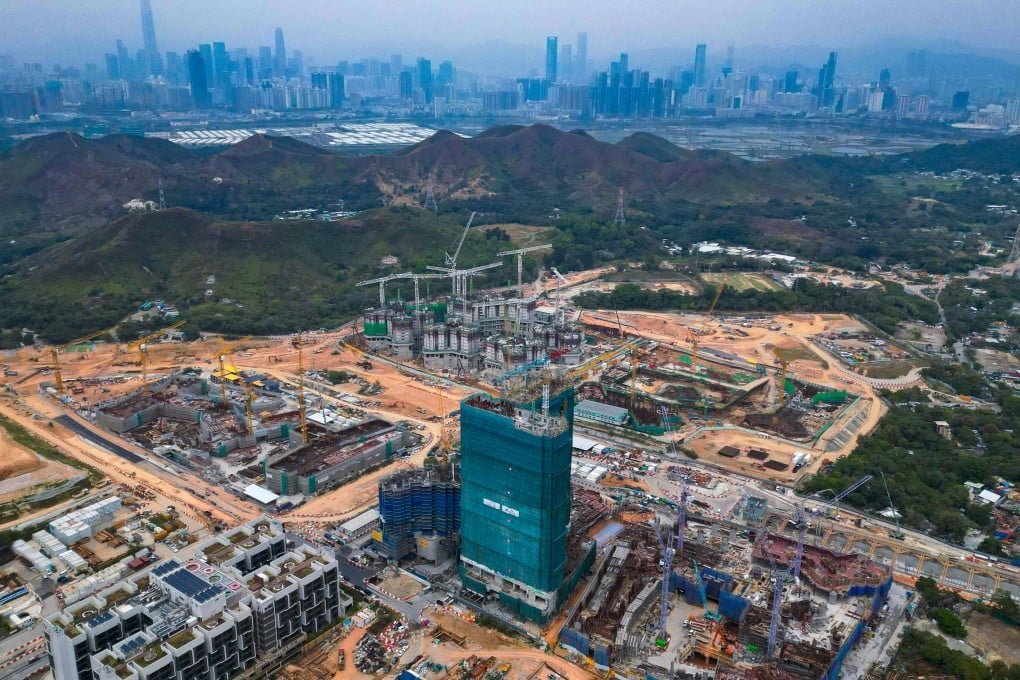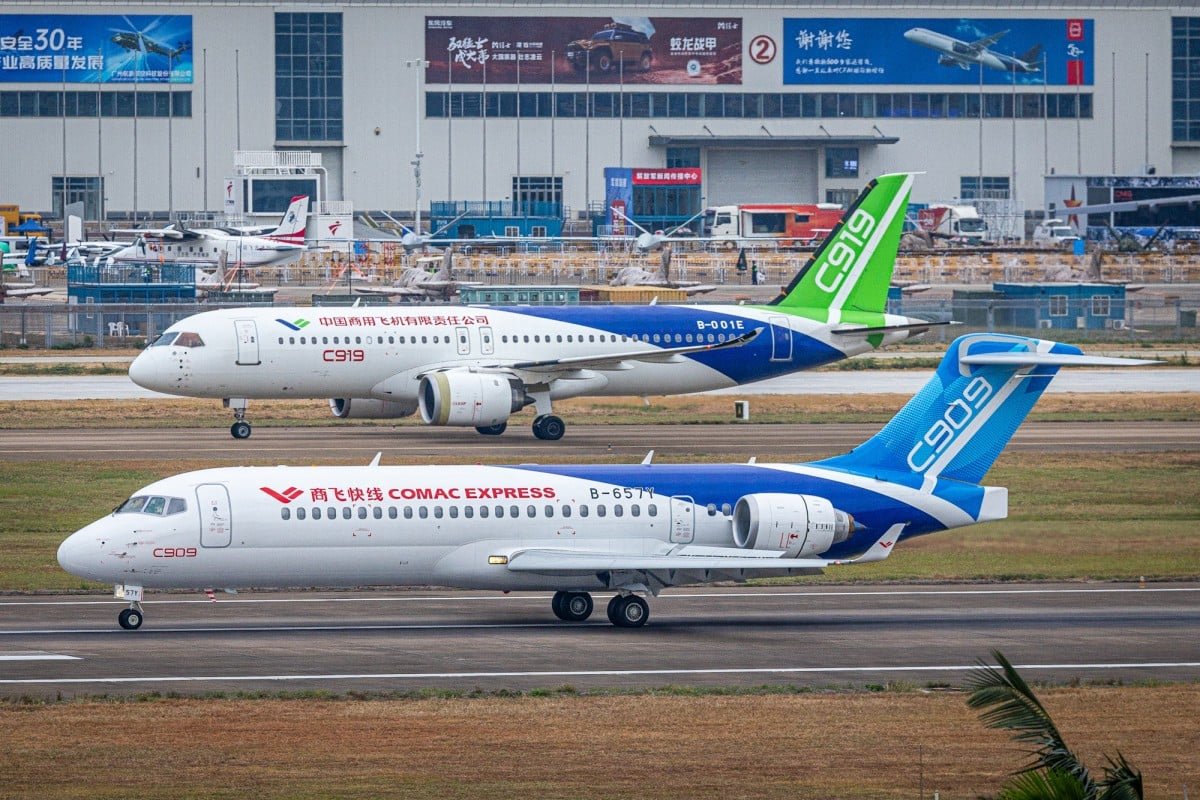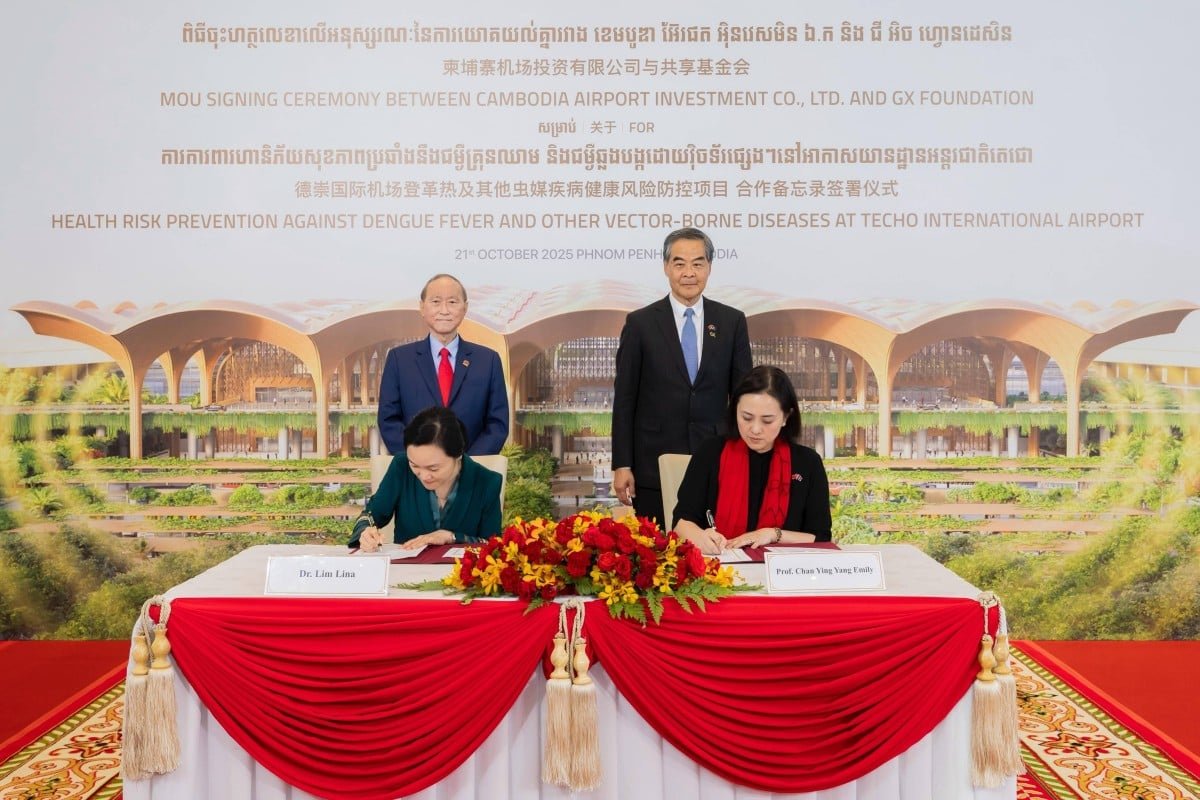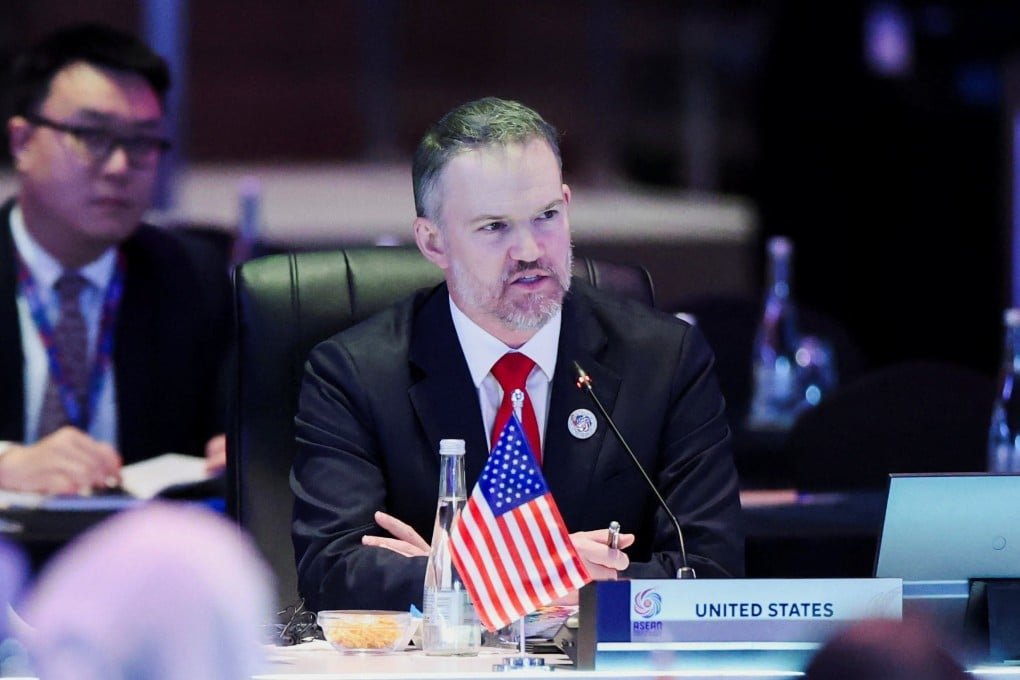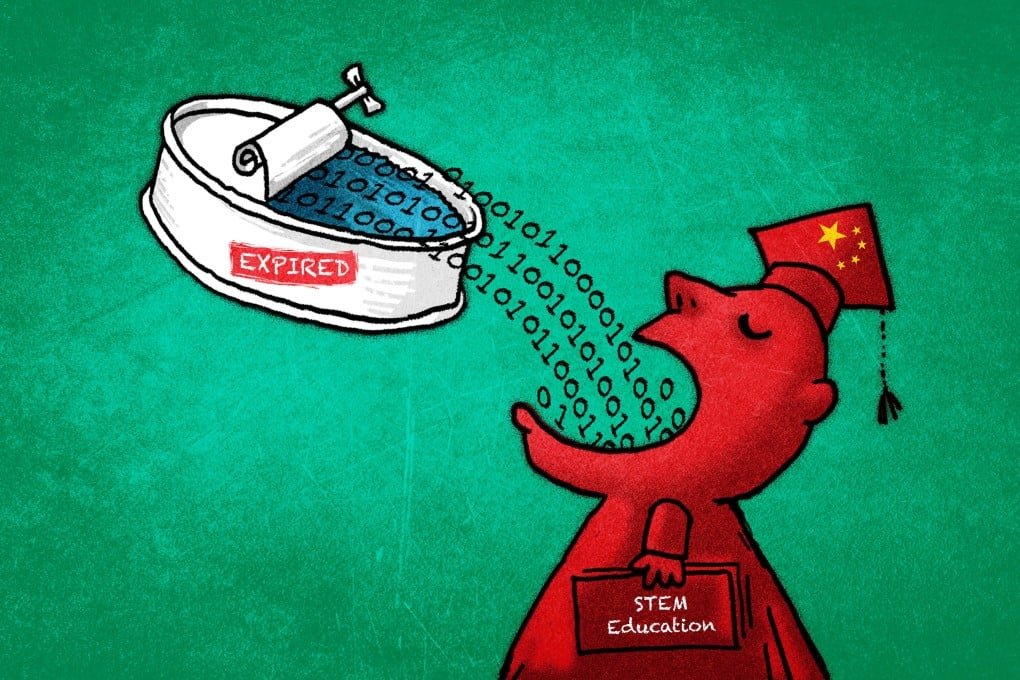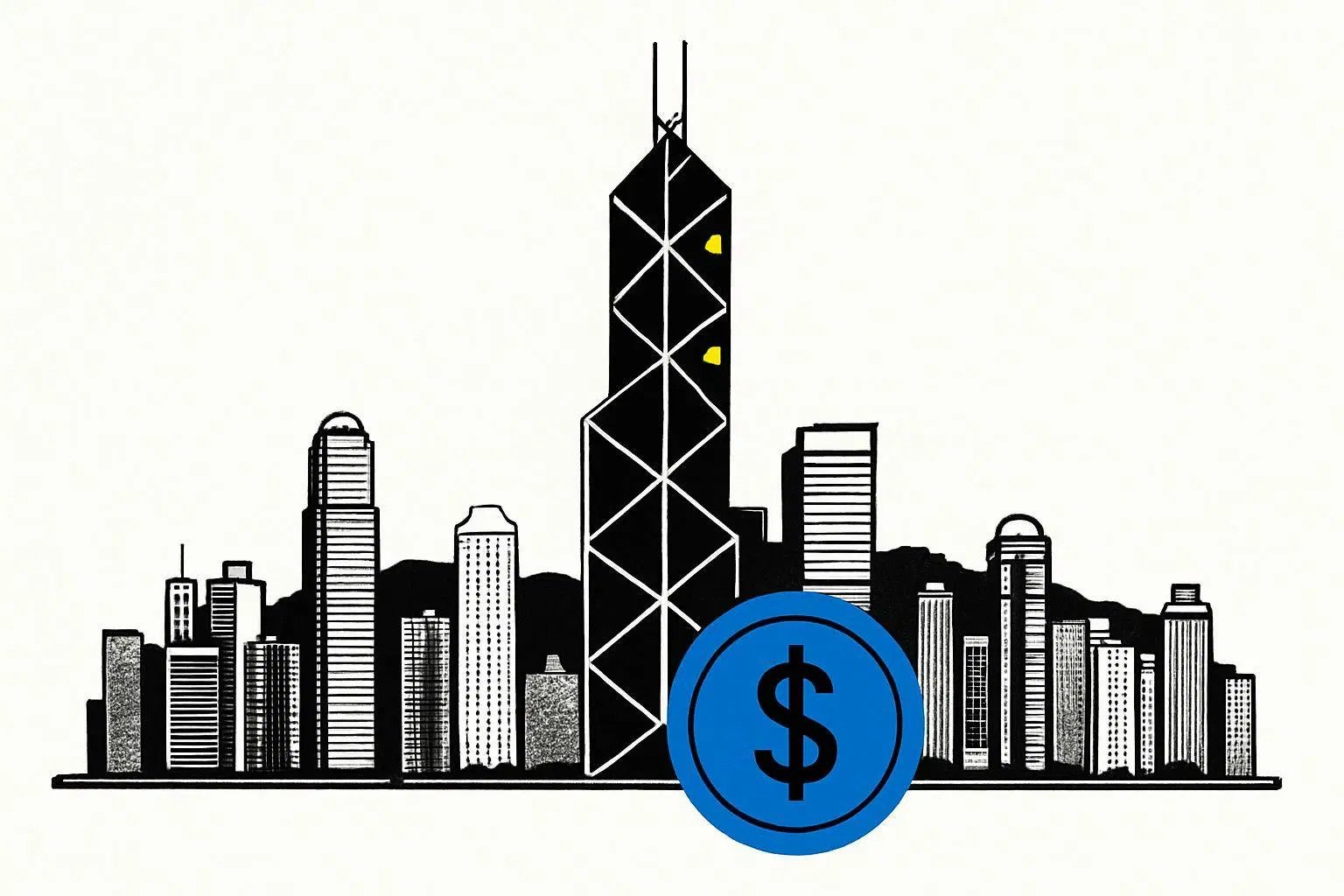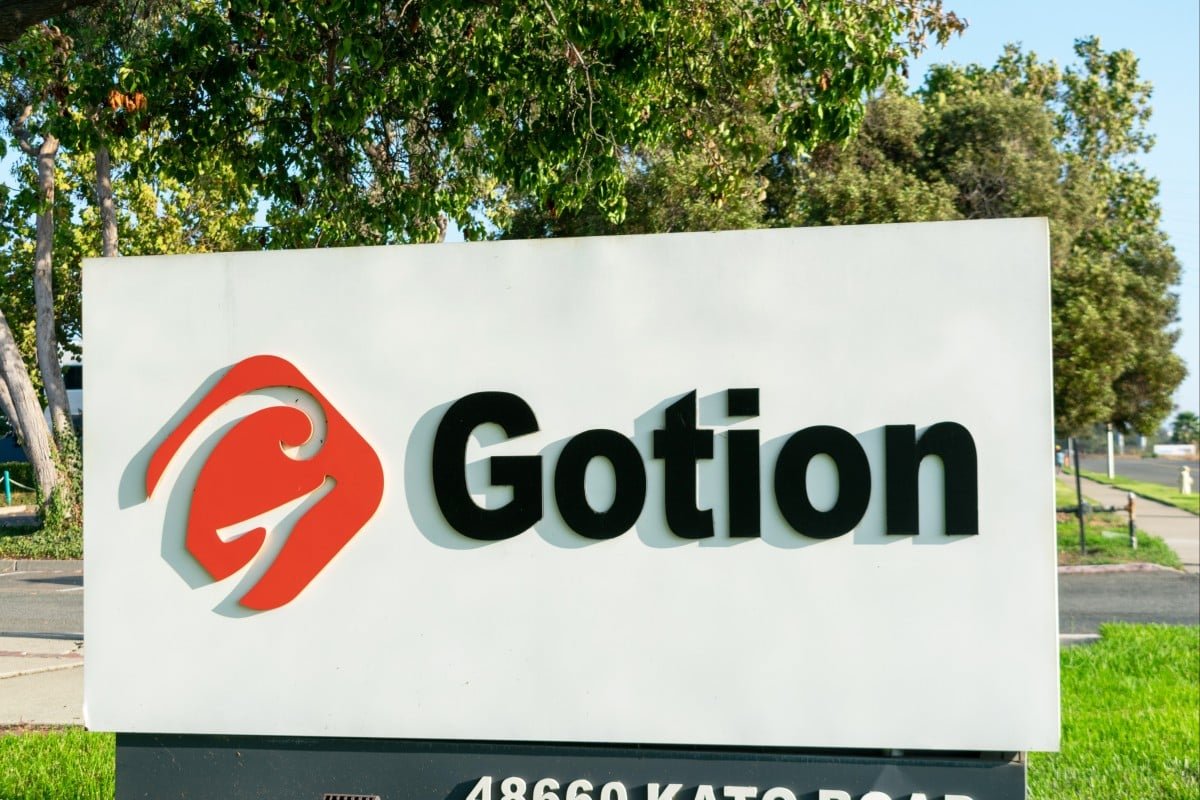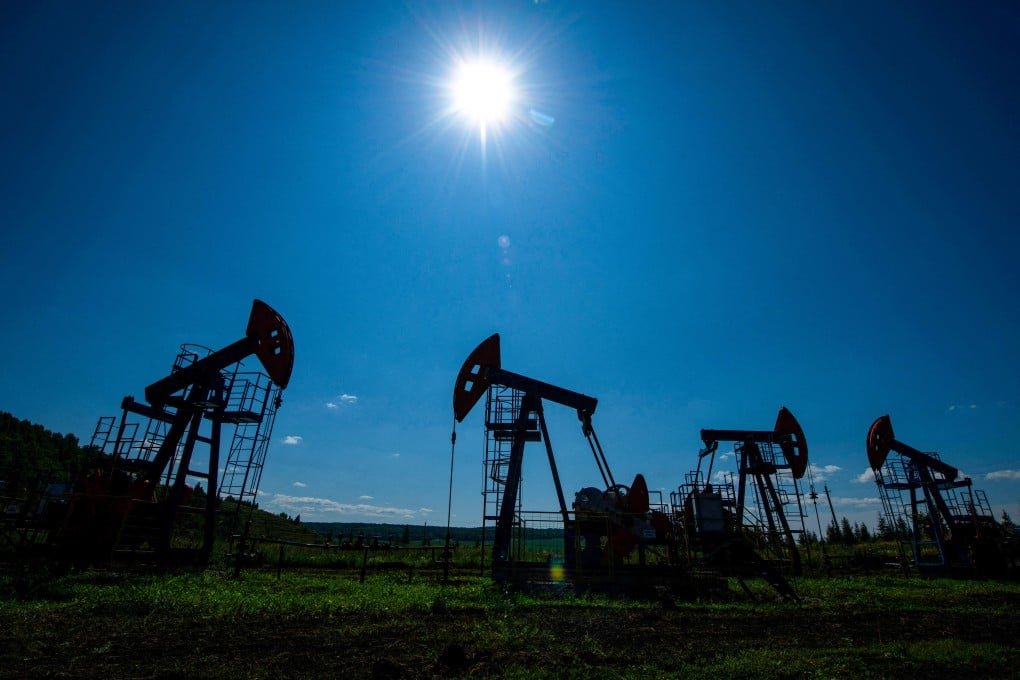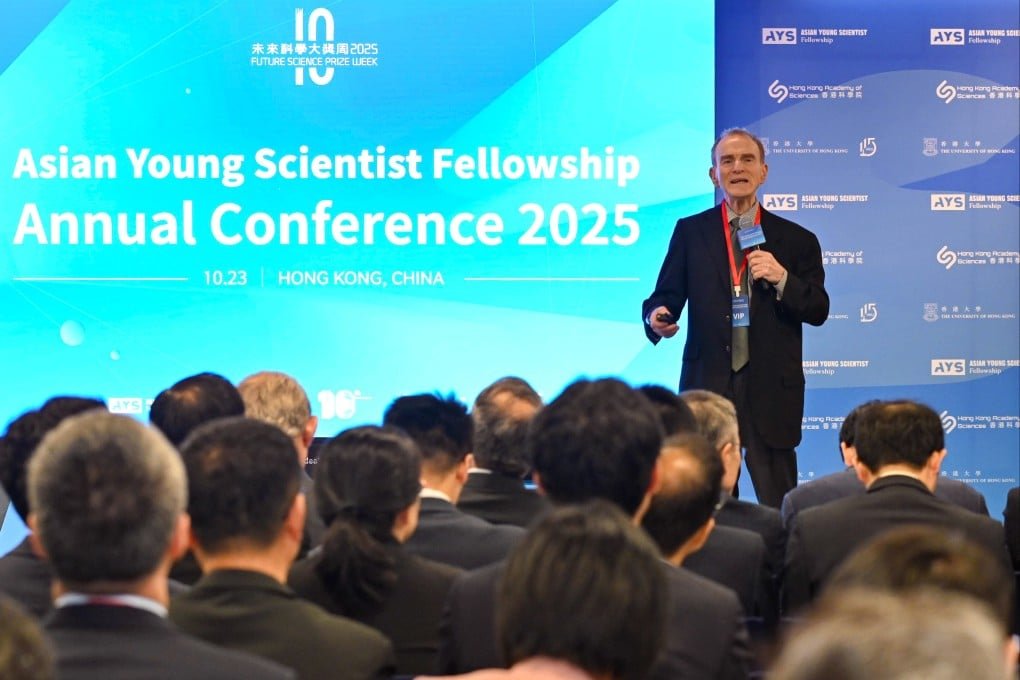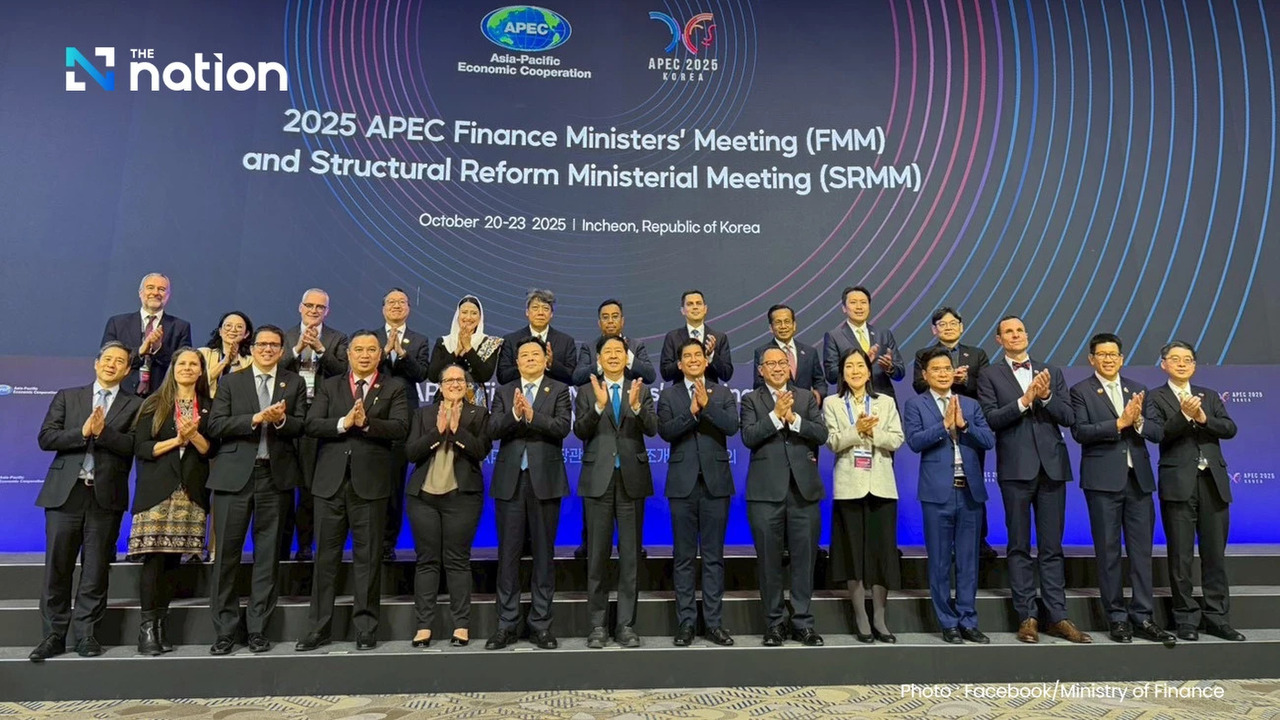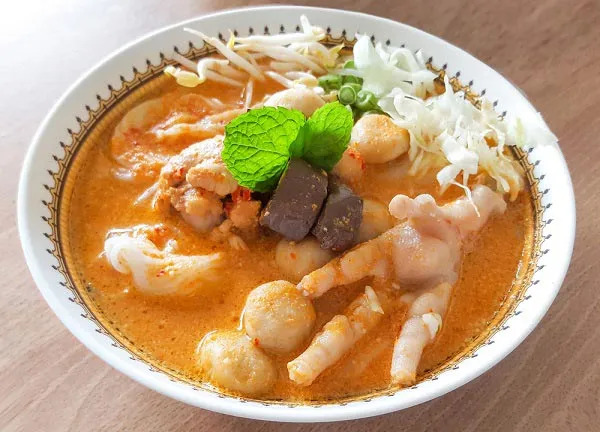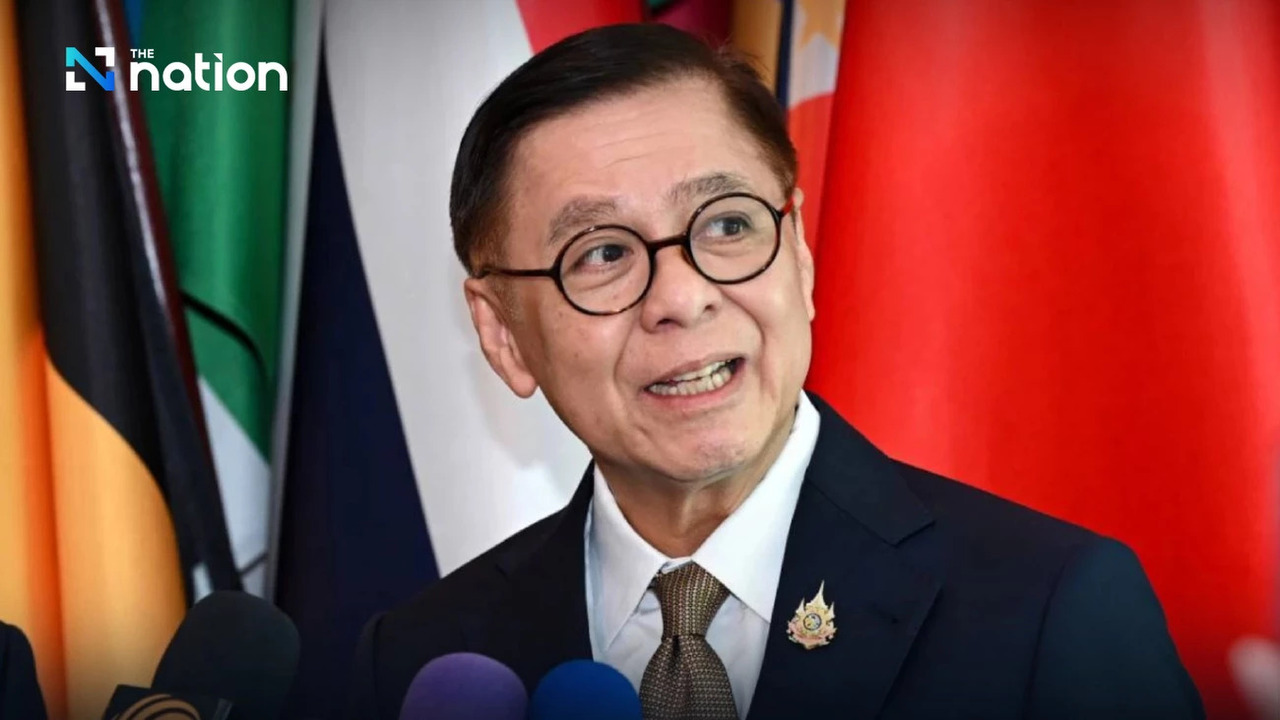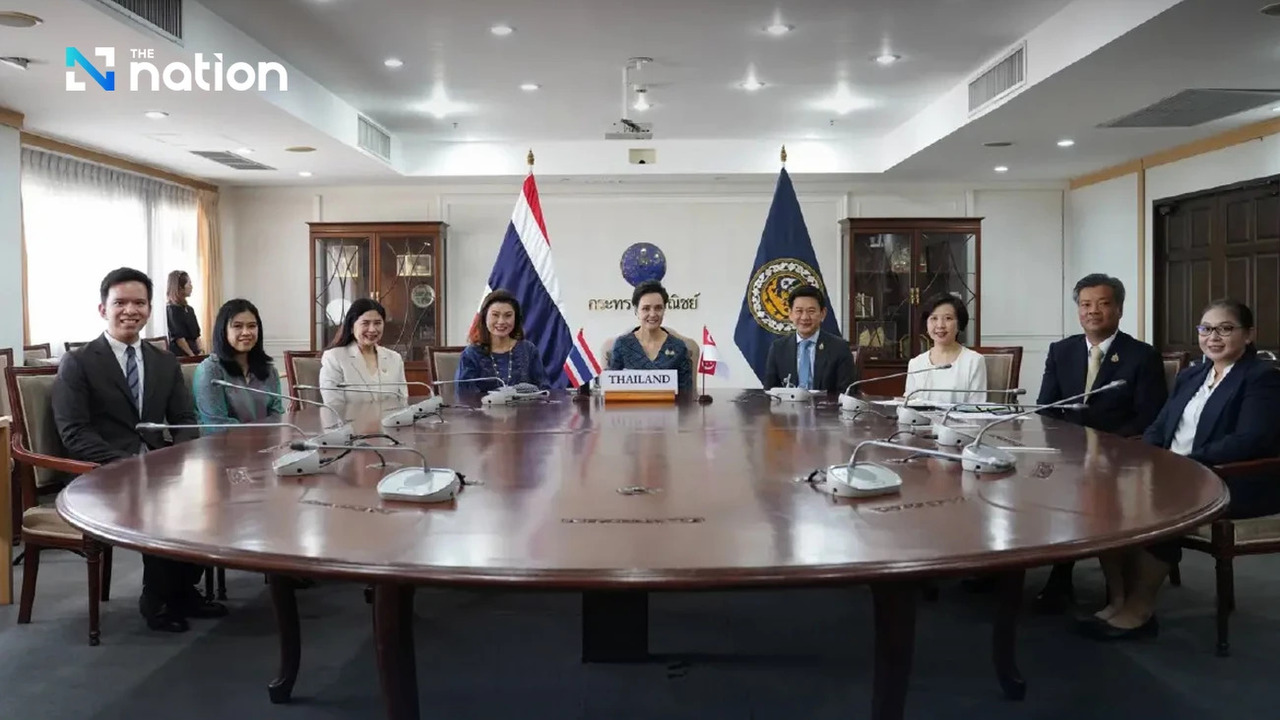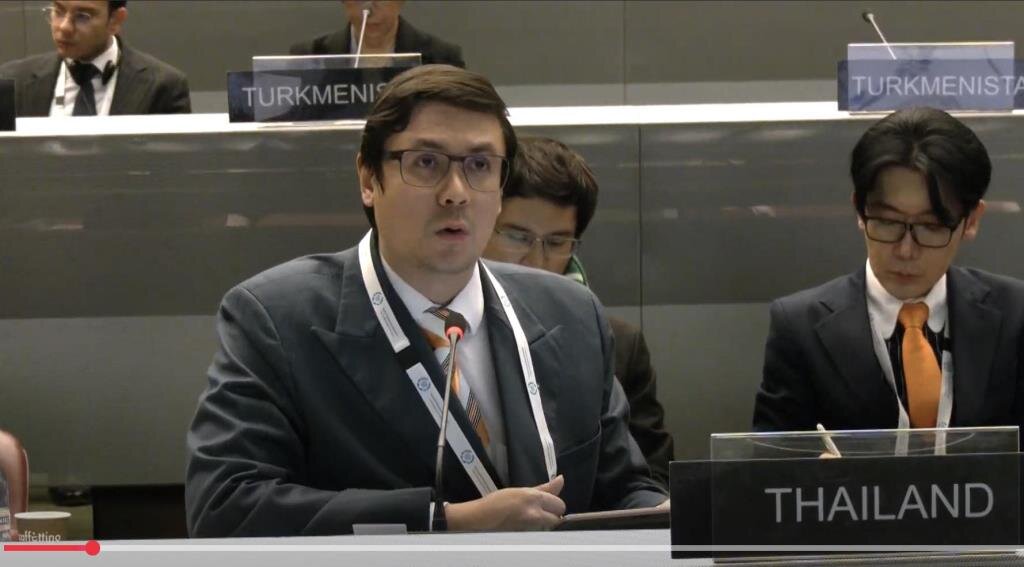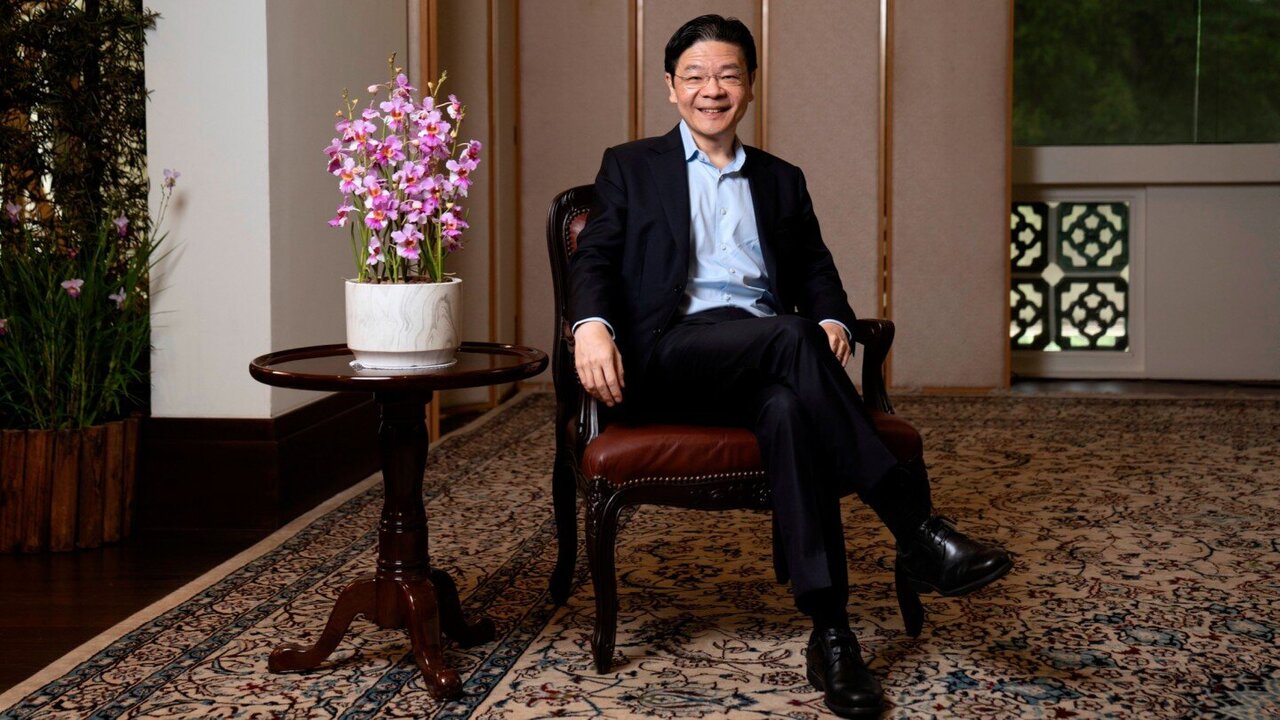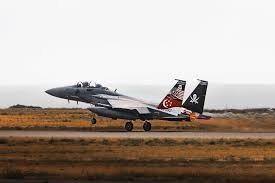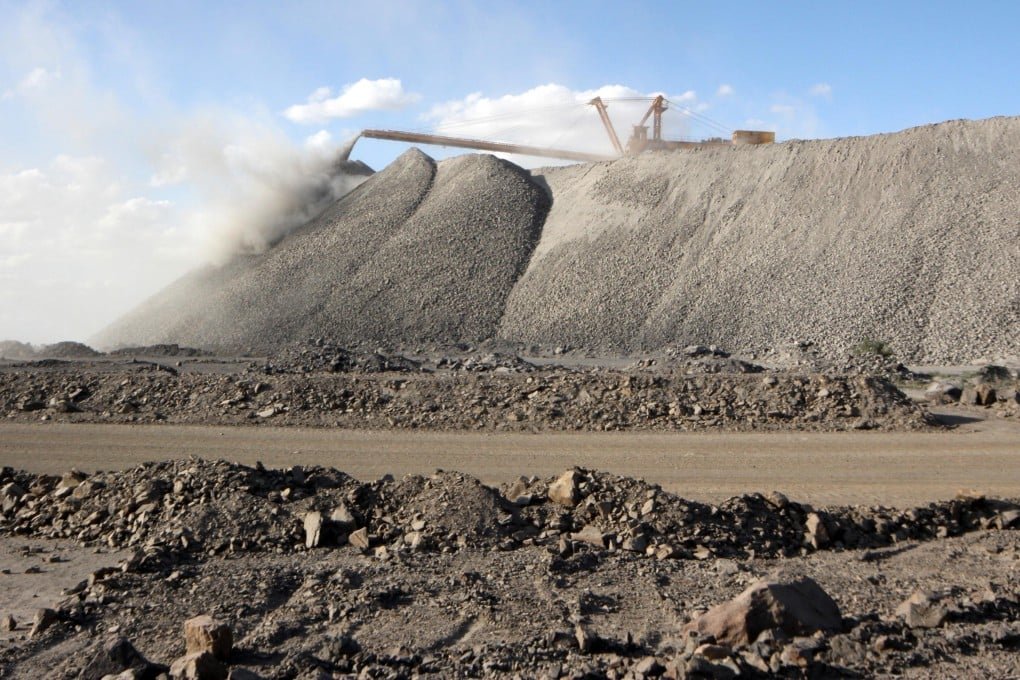
The pledge came amid heightened U.S. disapproval of Beijing’s October export-licensing measures and underscores the alignment of major industry actors with national strategic priorities.
In a statement published on 24 October 2025, the group said that in a “complex and challenging external environment” all its operations must conform to national laws and policies and identified regulatory compliance as a “key operational focus” for the fourth quarter.
The move is seen as real-time support from a major industrial entity at a moment when China is consolidating its global influence over rare-earth supply chains.
Beijing’s Ministry of Commerce announced on 9 October an expanded export-control framework that covers rare-earth metals, processing technologies and components, including products made abroad with Chinese origins or technology.
The controls target sectors such as defence, semiconductors and advanced manufacturing, and bar licences for overseas defence users.
The timing — ahead of a scheduled meeting between President Donald Trump and President Xi Jinping — has been interpreted as a deliberate strategic signal.
The United States has reacted sharply.
Officials have condemned China’s measures as an attempt to weaponise global supply chains and have threatened countermeasures, including tariffs and export-licensing restrictions on critical technology.
At the same time, Beijing continues to defend its actions as legitimate regulation of exports in the interest of national security and industrial sovereignty.
Analysts say the industry pledge reinforces that China’s rare-earth policy is entering a sustained phase in which leading domestic firms will act as front-line enforcers of state strategy.
For global supply-chain stakeholders, the question now is not just whether licences will be issued, but how long waits will be, how non-Chinese firms will be treated and how downstream dependencies will adjust.
With rare-earths foundational to motors, electronics, magnets, defence systems and clean-energy deployment, the interplay between state-industry alignment in China and international responses may shape competitive-advantage dynamics for years to come.


